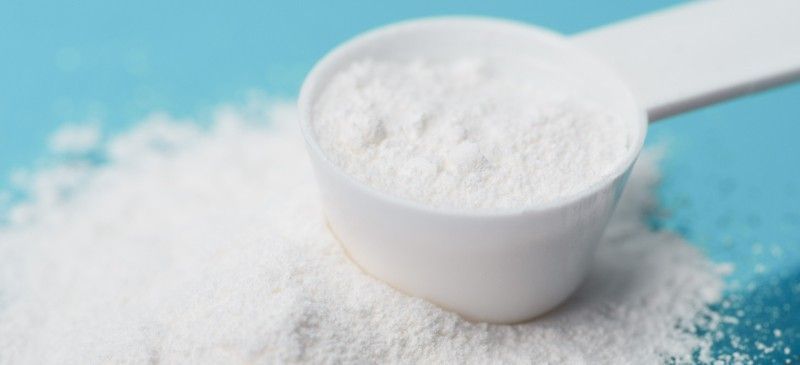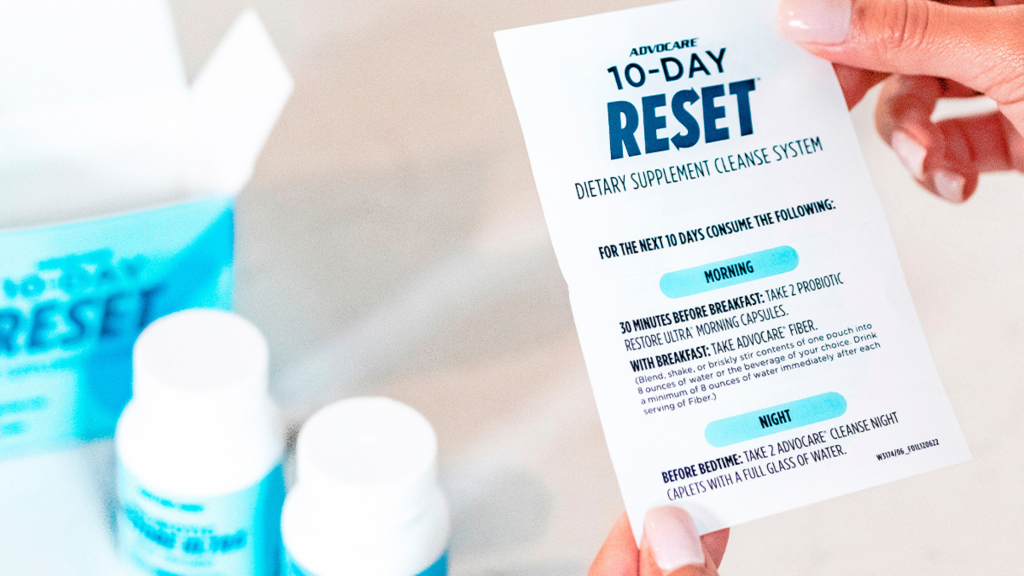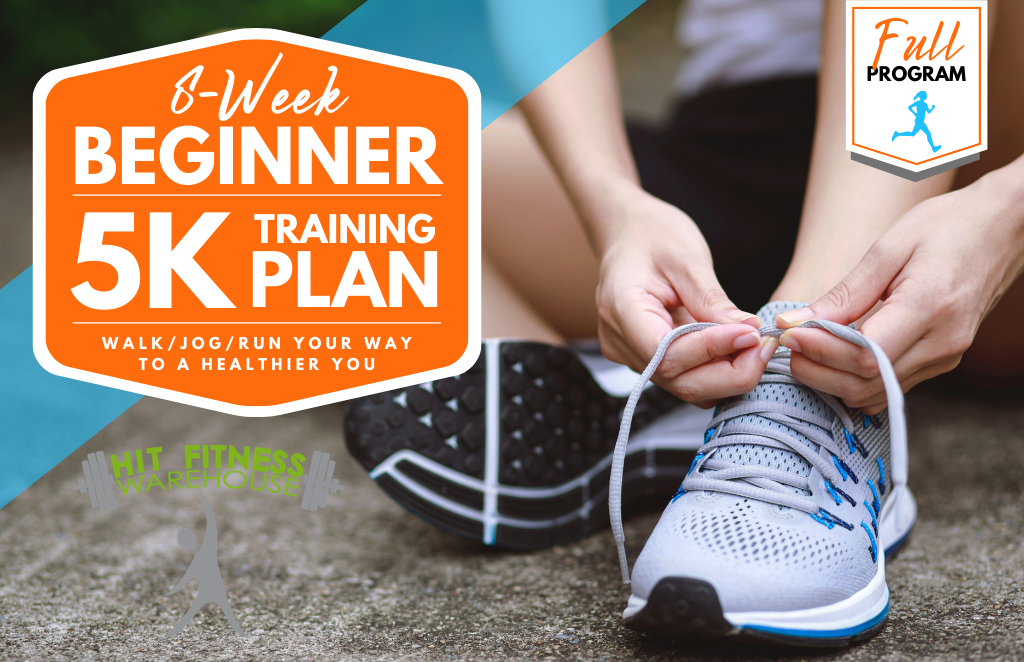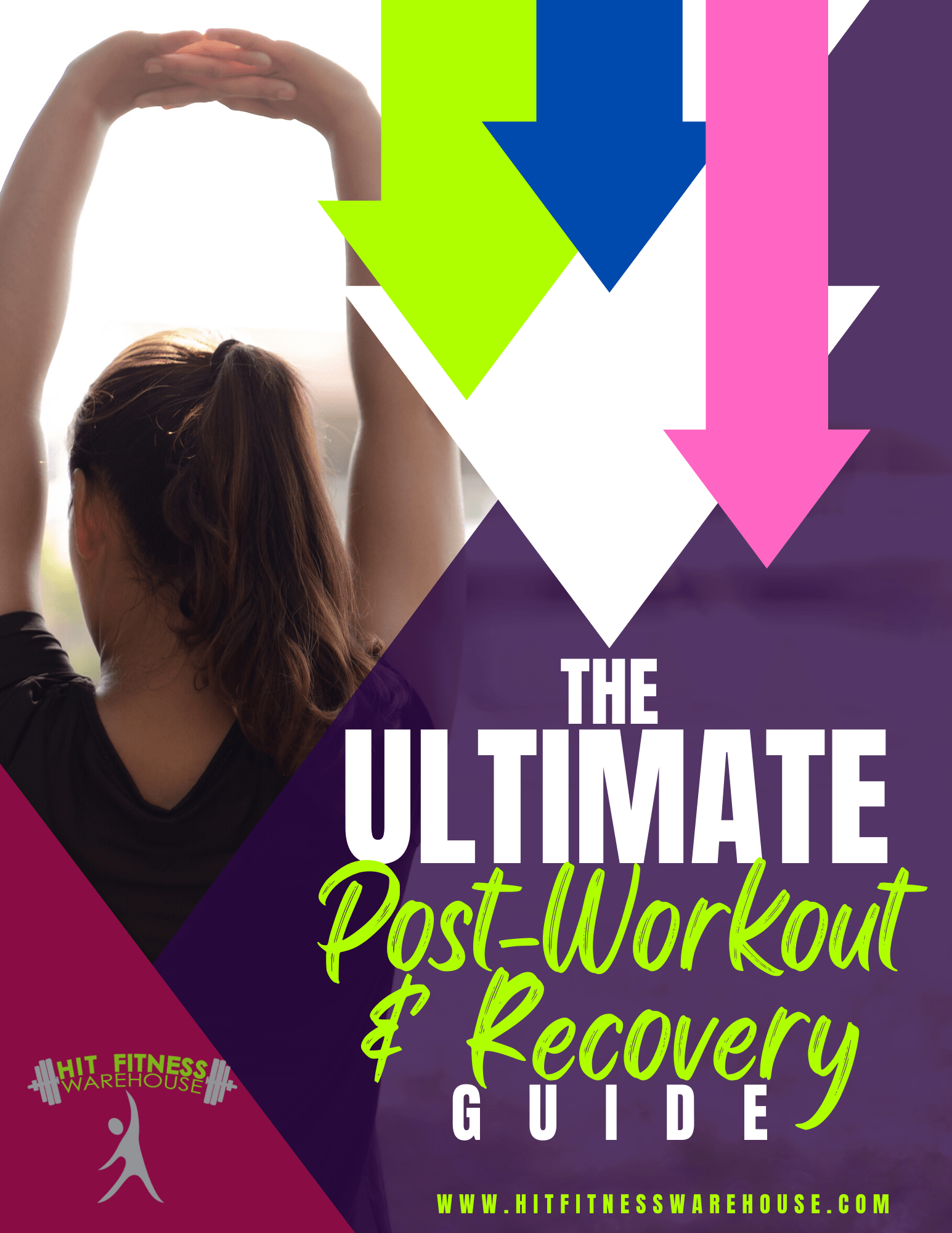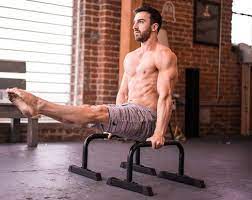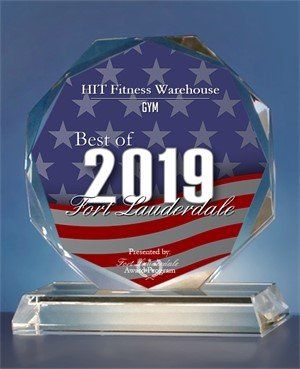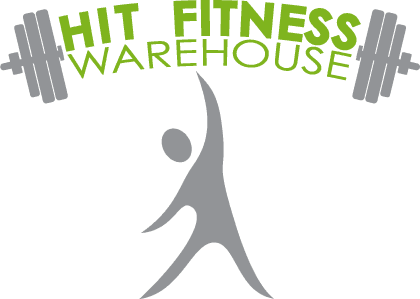Movement Is Medicine
Working out (and, specifically, building a bigger aerobic engine) is the answer to many of the most challenging questions I get asked by executives, entrepreneurs, athletes, traders, and high-level business professionals today:
Q: How do I increase my energy?
A: Workout.
Q: How do I get more confidence?
A: Workout.
Q: How do I strengthen my immune system?
A: Workout.
Q: How do I minimize downtime?
A: Workout.
Q: How do I get a deeper, more restful nights sleep?
A: Workout.
Q: How do I increase my attention to detail and stay focused for longer periods of time?
A: Workout.
Q: How do I get a better body and elevate my mood?
A: Workout.
The solution to so many modern challenges is a simple one. Perhaps this is why so many of us ignore it.
Or, perhaps it’s because so many of us are doing it wrong. There are some key differences between a workout program for improving body composition versus one designed to increase energy, focus and productivity.
Many people especially men think that they want a lean, ripped body and washboard six pack abs. Looking good is important, and it does play a role in confidence and how we feel about ourselves. But I believe that what most of us really want is to feel good. The reason why we pursue a better body and outward displays of strength and fitness, like six pack abs, is because we believe that these physical characteristics will bring about the good feelings that we desire.
Did you know that scientific studies have shown that by investing just one hour of exercise into your day, you can add four additional hours of productivity to your day.
Aerobic exercise produces many metabolic and cardiovascular benefits, including:
· An increase in oxidative capacity of skeletal muscle and improved mitochondria
· An increase in skeletal muscle myoglobin concentration
· A greater ability to use fatty acids for energy ( like Ketogenic diet)
· Protection from diseases
· Decrease in resting heart rate
· An increase in maximum Cardio output
· An increase in VO to Max (which is one of the only things that has been scientifically proven to correlate with an increased lifespan in humans)
However there are two mistakes that most of us meet when it comes to our aerobic conditioning:
1. Exercising at the wrong intensity (either too high or too low)
2. Exercising for the wrong duration (either not long enough to trigger physiological benefits, or so long with the workouts exceed the body‘s ability to recover)
When either one of these two are compromised, it actually increases our risk of developing cognitive impairments and diseases such as Alzheimer’s and Parkinson’s.
How do we fix this?
First off, find a fitness professional that specialize in something more than just a ‘Over-the weekend’ CrossFit certification.
After discussing I’m going over your fitness Blueprint with them, start by performing 20 to 60 minutes of steady state aerobic exercise, like jogging or swimming, 3 to 5 times per week. This is usually best done in the morning, outdoors, with lots of exposure to direct sunlight. And if you can’t jog then make it a very brisk walk like a power walk.
Morning workouts or a corner stone habit, meaning that they have a domino effect on other positive decisions you might make throughout the day. We value those things we invest in and commit to. So by expanding your energy early in the day, and investing in your health, you are more likely to continue to make additional healthy decisions throughout the day. Not only is this a simple approach, but it is less physically taxing than many other forms of exercise. In fact for the most part, you never want to push past a level seven on a difficulty scale from 1 to 10.
The most accurate way to gauge this how hard you should be working is by calculating your aerobic engine heart rate. Here’s HAL: first, calculate your maximum heart rate by subtracting your age from 220.
So for a 40-year-old man, this would be 180 220-40 = 180. Your aerobic training heart rate is Approximately 70% of your maximum heart rate. I recommend that most fit men and women stay in between 70% and 85% of their maximum heart rate. To calculate this, you would multiply your max heart rate by .7 to get your lower threshold for this same 40-year old man, That would be 126. 180 x .7 = 126bpm
You multiply your max heart rate by .85 to get your upper threshold. This would be
180 x .85= 153bpm
So for this same 40-year-old man The training zone should be in between 126 bpm and 153 bpm. Aiming to Complete 20 to 30 minutes at this intensity 3 to 5 days per week.
And it’s that simple. For any additional information regarding this feel free to reach out to me at kevin@HIT FITNESS WAREHOUSE.com.
Stay tuned next week as I show you how to calculate your VO to Max which is the only one thing in this world that has ever been approved to increase our life spans as humans. Until next time God bless you and God bless America!
Let us know what you think follow us on:
Instagram: http://instagram.com/hitfitnesswarehouse
Facebook: https://www.facebook.com/hitfitnesswarehouse
Twitter: https://twitter.com/hitfitness954
